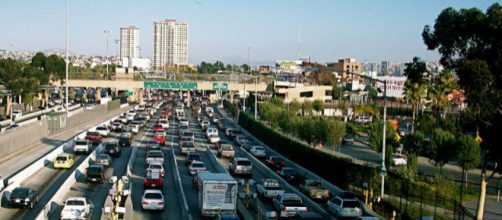The US-Mexico Border Wall was an election campaign promise by Donald Trump, and latest estimates reveal that the first phase of the wall will require $18-billion, spread out over the next decade. Trump had said that the wall will keep out Illegal Migrants and drug smugglers and make America safe. He also said that Mexico would provide the necessary funds, but such a possibility appears to be remote and the American taxpayers would have to bear the burden.
New Zealand Herald reports that the money will go towards building 316 miles of new fencing while reinforcing another 407 miles of existing barriers.
According to tentative plans, the border will have to have some sort of a physical barrier to discourage illegal entrants by 2027.
It will be a cost-intensive affair
The $18 billion that has been projected for funding the US-Mexico border wall is only one portion of the total cost. The CBP will need to recruit additional personnel who will have to be trained. Moreover, the existing surveillance technology and equipment will also need to be upgraded and necessary access roads will also have to be built to reach interior locations. These are estimated to add up to another $15-billion.
This totals up to $33 billion which does not include the cost to be incurred for adding 10,000 officers in the Immigration and Customs Enforcement (ICE) department and increase the number of beds available for immigration detention.
The work has already been taken up by building prototypes in San Diego based on rigid specifications. The design must prevent the entry of illegal migrants and other such persons. Eight sample walls have been built by different contractors and the final design has yet to be decided. These are under evaluation by the CBP and Donald Trump could visit San Diego to see these prototypes for himself.
Is the wall really necessary?
The US-Mexico border wall is meant to check entry of illegal migrants and other unauthorized persons who usually cross over by using the gaps in the walls and fences. Donald Trump wants to plug all loopholes. Incidentally, one section of Republicans feel that a physical wall along the entire border is impractical.
More effective border security could be achieved through alternate means like better surveillance and technology.
According to a report by USA Today, the number of people trying to gain illegal entry into America has already reduced. Many of them want to flee from poverty and violence, but radio and billboard campaigns have been introduced to warn them of the dangers involved and the possible consequences of illegal entry. These have probably acted as a more effective deterrent than a wall.
Therefore, the policymakers need to re-examine the issue and make a final decision. As things stand, it will take at least another decade to build a part of the wall and illegal crossovers could continue until then.


